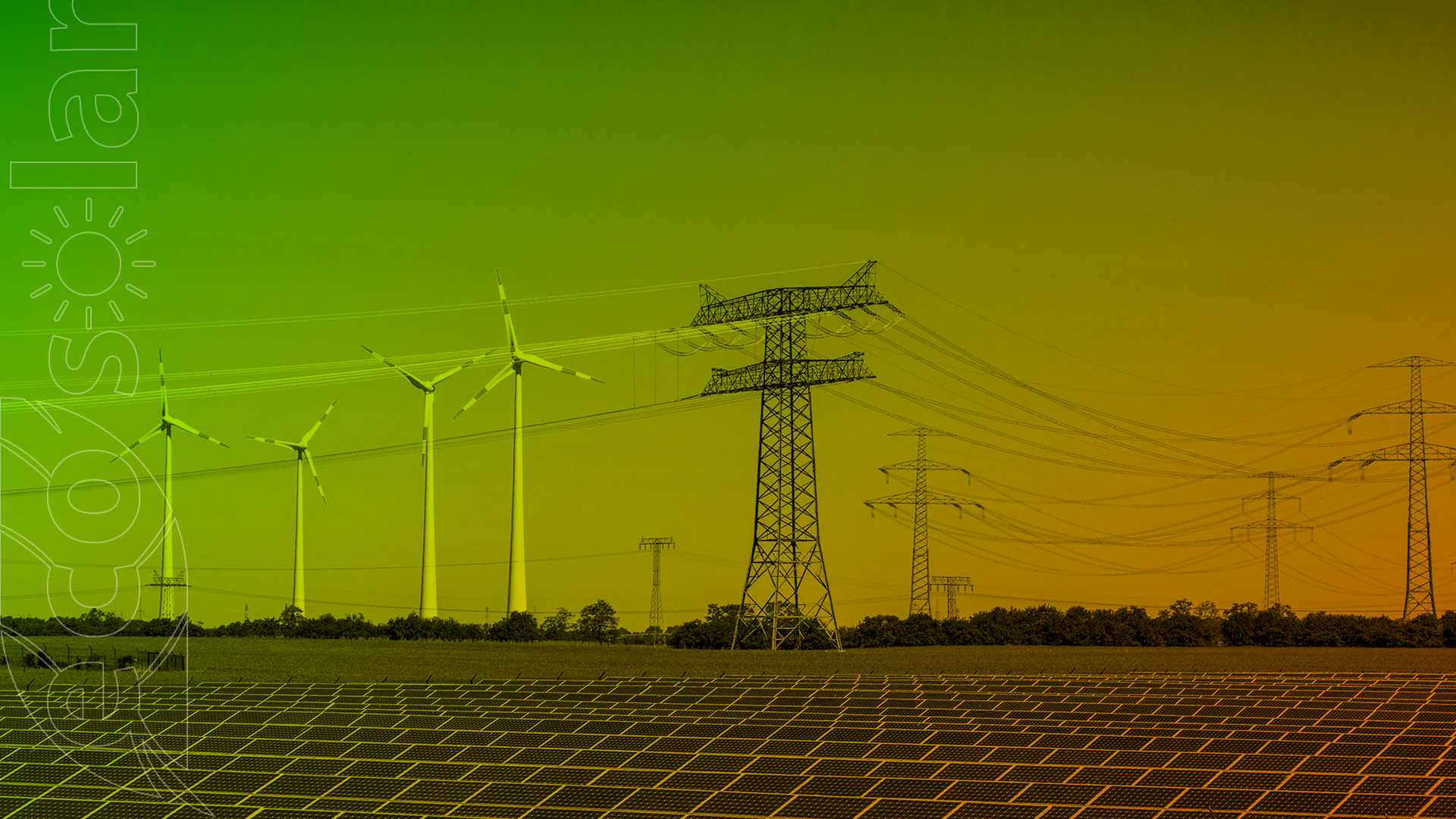The integration of green energy into infrastructure projects is revolutionizing the way we build and operate our cities, transportation systems, and facilities. Green energy, derived from renewable sources like solar, wind, hydroelectric, and geothermal power, offers a sustainable and environmentally friendly alternative to traditional fossil fuels. By powering infrastructure with green energy, we can reduce carbon emissions, enhance energy efficiency, and create more resilient and sustainable communities. EcoSolar, a leader in green energy solutions, is at the forefront of this transformation, providing innovative and sustainable energy solutions for infrastructure projects. This article explores the benefits and potential of infrastructure powered by green energy.
Advantages of Green Energy in Infrastructure
- Reduced Carbon Footprint
Green energy sources produce minimal to no greenhouse gas emissions during operation. By replacing fossil fuel-based energy with renewable alternatives, infrastructure projects can significantly reduce their carbon footprint and contribute to global efforts to combat climate change.
- Energy Efficiency
Green energy technologies, such as LED lighting, energy-efficient HVAC systems, and smart building controls, improve energy efficiency in infrastructure. These technologies reduce energy consumption, lower operating costs, and extend the lifespan of equipment, leading to long-term savings and environmental benefits.
- Resilience and Reliability
Renewable energy sources, such as solar and wind power, can enhance the resilience and reliability of infrastructure systems. Distributed generation and energy storage technologies provide backup power during grid outages, ensuring continuous operation and minimizing disruptions.
- Cost Savings
While initial investments in green energy infrastructure may be higher, the long-term cost savings are substantial. Reduced energy expenses, lower maintenance costs, and potential revenue streams from excess energy production or grid services contribute to the economic viability of green energy projects.
- Job Creation and Economic Growth
The transition to green energy infrastructure creates jobs in renewable energy industries, construction, engineering, and related sectors. This job creation stimulates economic growth, supports local communities, and fosters innovation in clean technologies.
Applications of Green Energy in Infrastructure
- Renewable Energy Generation
Integrating solar panels, wind turbines, and other renewable energy systems into infrastructure projects generates clean electricity on-site. This renewable energy can power buildings, streetlights, transportation systems, and other critical infrastructure components.
- Energy-Efficient Buildings
Designing and constructing energy-efficient buildings reduces energy demand and operating costs. Green building practices, such as passive solar design, efficient insulation, and daylighting, enhance comfort and sustainability while minimizing environmental impact.
- Electric and Low-Emission Vehicles
Infrastructure for electric vehicles (EVs) and low-emission transportation options, such as charging stations, bike lanes, and public transit systems, promotes sustainable mobility and reduces emissions from conventional vehicles.
- Smart Grids and Energy Storage
Deploying smart grid technologies, demand response systems, and energy storage solutions optimizes energy use, manages peak demand, and enhances grid stability. These technologies enable efficient energy management and integration of renewable energy sources.
- Green Infrastructure Planning
Incorporating green infrastructure elements, such as green roofs, rain gardens, and permeable pavements, into urban development projects improves stormwater management, reduces heat island effects, and enhances biodiversity.
EcoSolar’s Role in Green Energy Infrastructure
EcoSolar offers a range of solutions and expertise to support the implementation of green energy in infrastructure projects:
- Customized Renewable Energy Systems
EcoSolar designs and installs customized renewable energy systems tailored to the specific needs and goals of infrastructure projects. This includes solar photovoltaic (PV) systems, wind turbines, microgrids, and energy storage solutions.
- Energy-Efficient Technologies
We provide energy-efficient technologies and building solutions to enhance the performance and sustainability of infrastructure buildings and facilities. This includes energy management systems, LED lighting, HVAC upgrades, and passive design strategies.
- Smart Grid Integration
Our smart grid solutions enable seamless integration of renewable energy, demand response, and grid management capabilities into infrastructure networks. This improves energy reliability, resilience, and cost-effectiveness.
- Electric Vehicle Charging Infrastructure
EcoSolar designs and deploys EV charging infrastructure for public, commercial, and residential applications. This includes fast chargers, smart charging stations, and integrated solutions for fleets and transportation hubs.
- Green Infrastructure Consulting
We provide consulting services and expertise in green infrastructure planning, sustainability assessments, regulatory compliance, and project management. Our team collaborates with clients, architects, engineers, and stakeholders to deliver successful green energy projects.
Real-World Impact of Green Energy Infrastructure
- Smart Cities
Smart city initiatives integrate green energy, digital technologies, and sustainable urban planning to create efficient, livable, and resilient urban environments. Green energy infrastructure powers smart grids, intelligent transportation systems, and energy-efficient buildings in smart cities worldwide.
- Renewable Energy Parks
Renewable energy parks combine multiple renewable energy sources, such as solar, wind, and hydroelectric power, to generate clean electricity at scale. These parks contribute to energy independence, economic development, and environmental stewardship in communities.
- Zero-Emission Buildings
Zero-emission buildings, also known as net-zero energy buildings, produce as much energy as they consume over the course of a year. Green energy infrastructure, energy-efficient design, and renewable energy systems enable buildings to achieve zero net energy usage.
- Green Transportation Hubs
Green transportation hubs integrate EV charging infrastructure, bike-sharing programs, pedestrian-friendly designs, and public transit systems to promote sustainable mobility options. These hubs reduce greenhouse gas emissions and traffic congestion while improving accessibility.
Conclusion
Green energy infrastructure is essential for building sustainable, resilient, and prosperous communities. By harnessing renewable energy, improving energy efficiency, and integrating smart technologies, infrastructure projects can minimize environmental impact, reduce operating costs, and enhance quality of life for residents and businesses.
EcoSolar is committed to advancing green energy infrastructure through innovative solutions, expertise, and partnerships. Contact us today to explore how we can collaborate on your green energy infrastructure project and contribute to a cleaner, greener future. Together, we can power sustainable development and create lasting benefits for generations to come.


















